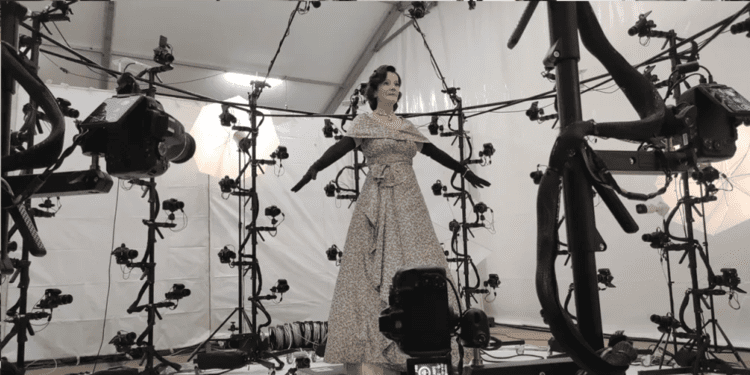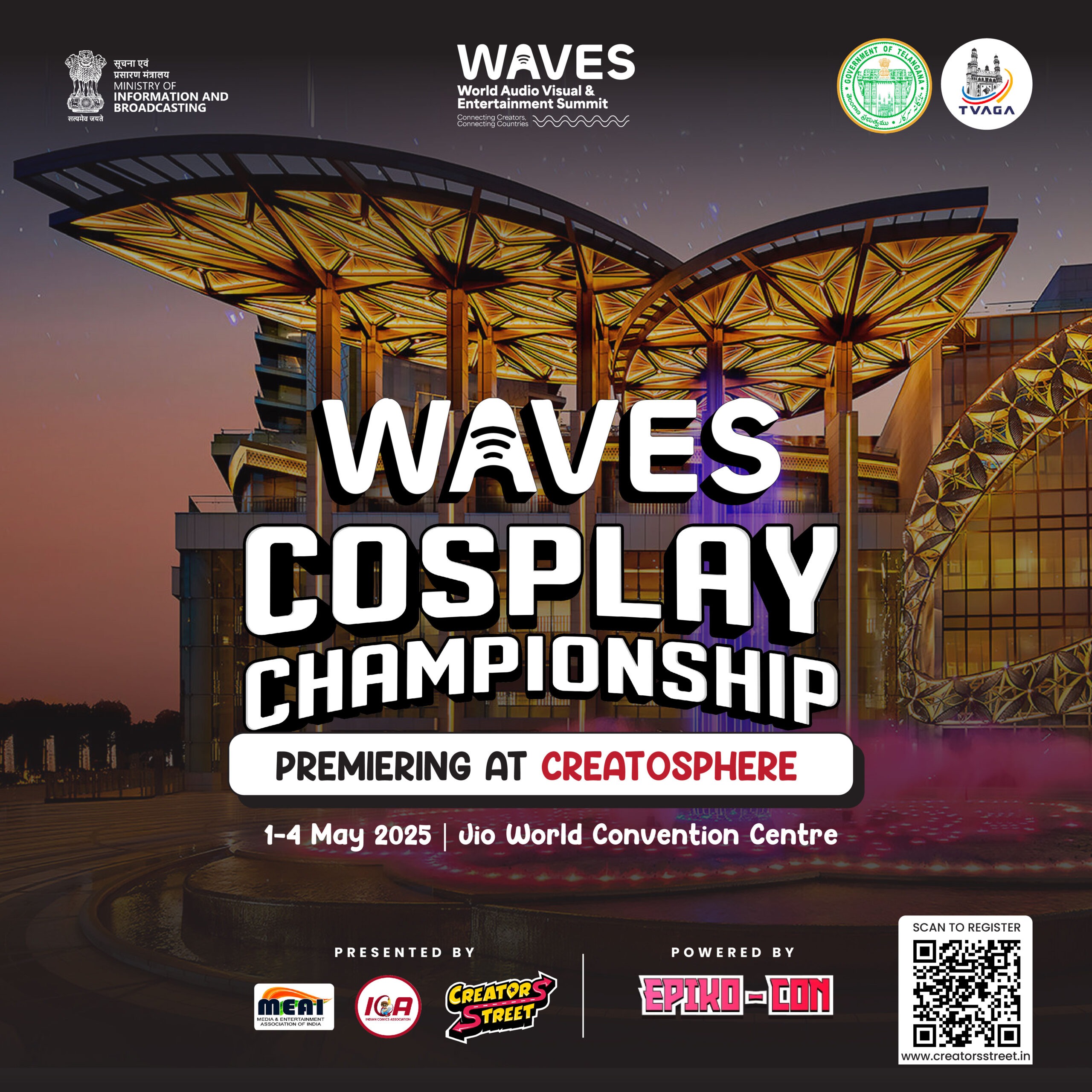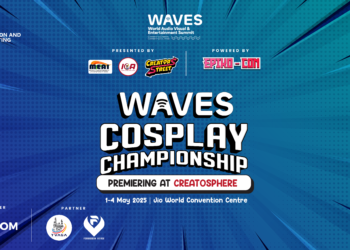“Inside Maria’s VFX: The Magic Tricks That Made Angelina Jolie’s Opera Epic”
While audiences marvel at grand explosions and epic CGI creatures, some of the most intricate and masterful visual effects are the ones you never even notice. Such is the case with Pablo Larraín’s Maria, starring Angelina Jolie as the legendary opera singer Maria Callas. From invisible environment work to digital crowds and meticulous clean-ups, the film’s VFX team, led by supervisor Juan Cristóbal Hurtado, pulled off incredible feats that seamlessly transport viewers to 1970s Paris. Let’s take a deep dive into the magic behind the curtain.

Filling the Opera Houses with Digital Elegance
One of Maria‘s most complex VFX challenges was populating grand opera houses, including the historic Teatro alla Scala in Milan. With limited time for shooting and restrictions on large crowds, traditional methods—like shooting extras in tiled sections—were simply not an option. Enter PFX, the VFX studio that had previously wowed audiences with their dynamic crowd work in Winning Time.
Using a mix of Lidar scans, lighting references, photogrammetry, and a crowd system built in Houdini, PFX digitally replicated an audience of up to 1,800 people. The complexity? Unlike a sports stadium, where distant crowds blur into the background, these opera-goers needed to be seen up close, with detailed tuxedos, intricate accessories, and even subtle hand movements—such as fanning themselves or adjusting opera glasses. The result? A seamlessly integrated digital audience that looks as real as any live crowd.
Recreating 1970s Paris—One Frame at a Time
Transporting modern-day Paris back to the 1970s was no easy feat. While the city retains its classic architecture, modern elements—like traffic signals, graffiti, and contemporary signage—had to be meticulously removed. The VFX team worked closely with production designer Guy Hendrix, who compiled an extensive reference library of period-accurate details, from cars to street colors.
Much of the exterior footage was filmed in both Paris and Budapest, with the latter standing in for select Parisian streets. This required careful digital modifications, ensuring Budapest’s Austro-Hungarian architectural influences were masked in favor of Parisian aesthetics. Matte paintings, digital set extensions, and compositing techniques were used to erase modern elements, creating an authentic 1977 setting.
The Art of Invisible Clean-Up
Beyond the large-scale environment work, Maria‘s VFX team also tackled a variety of subtle but crucial clean-ups. One notable sequence takes place on the Christina O, the famed yacht of Aristotle Onassis. While visually stunning, the yacht’s modern-day safety features—fire alarms, sprinkler systems, and emergency lighting—had to be digitally erased to maintain period authenticity.
Even something as small as an actor’s hand movement could become a challenge. In one scene featuring a roulette game, modern reflections and light fixtures had to be removed frame by frame while ensuring the natural motion of hands and props remained intact.
Matching Multiple Film Formats
A unique challenge of Maria was the use of multiple film formats, including 35mm, 16mm, 8mm, and digital. Director Pablo Larraín has a deep love for textured, vintage visuals, so the VFX team had to ensure that modern footage seamlessly matched archival-style film stocks.
This often meant adding grain, adjusting color tones, and even artificially aging select shots. In scenes that recreated historical flashbacks, subtle digital enhancements helped blend practical make-up effects with period-accurate imagery. This painstaking attention to detail ensured a visually cohesive experience, maintaining the film’s rich, immersive aesthetic.
The Perfect Balance of Technology and Storytelling
With 390 visual effects shots spread across four major VFX studios—PFX, Automatik, Control, and Panolab—the seamless integration of digital artistry into Maria is a testament to the power of invisible effects. The film’s commitment to historical authenticity, combined with cutting-edge technology, proves that the most effective VFX are the ones that never distract from the story.
So, the next time you watch Maria, take a moment to appreciate the digital wizardry happening behind the scenes. Because sometimes, the most impressive movie magic is the kind you never even notice.










